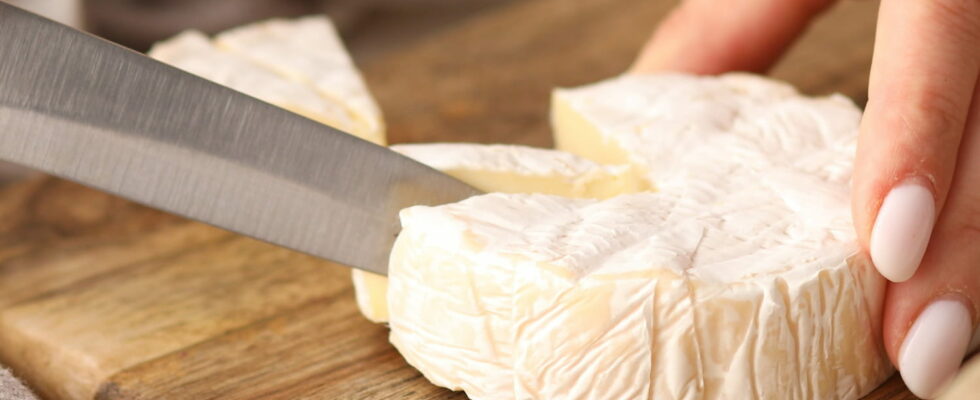The rind of cheese is divided: some love it, others hate it. That said, can we eat it on all cheeses? In what cases should it be removed? “We are in a country where we like the rind of cheese, it brings an additional taste, a particular texture, aromas… Overall, the vast majority of French cheese rinds are edible.Caroline Boquet, trainer in dairy products at the Ecole Française du Fromage, immediately reassures us.
The rind is rich in mineral salts and probiotics (it is good for the intestines) and brings real taste interest to many cheeses. This is particularly the case for soft cheeses with a bloomy rind (Camembert, Brie), washed rind cheeses (Munster, Epoisses, Maroilles, etc.), blue-veined cheeses (Fourme d’Ambert, Roquefort, Bleu). …) or even uncooked pressed cheeses such as raclette, reblochon or Saint-Nectaire. The rinds of small cheeses such as goat’s cheese where small blue spots appear are also completely edible. “These are good molds that can be eaten.” Finally, “the ash of ash goats is perfectly edible, it is the same ash which forms the marbling in the middle of the morbier“, would like to clarify our interlocutor.
Very large cheeses, called cheeses, such as Comté, Beaufort or Abondance, remain for a long time in the open air in the maturing cellars which are not always very clean. And at the time of their marketing, these wheels are more or less packaged and can be transported, rolled or stored on the ground, on pallets or in transporters’ trucks. “Some wheels do not have a clean crust and from a microbiological point of view, it is better to avoid eating them, especially if you are fragile“, recommends our expert.
“What I advise people who like the crust but are afraid of the hygienic side is to scrape the surface with the tip of a knife (about a millimeter) to keep only the part of the crust not exposed to the dirt.” Some cheeses are covered with a thin layer of wax such as gouda, young mimolette, edam or certain cheddars. “This wax serves as food packaging and it is not edible, it must be removed“, continues Caroline Boquet. Generally speaking, pregnant women are advised not to eat cheese rinds due to the risk of listeria.
